First, let’s understand the key technologies of Wi-Fi 6.
1 OFDMA
Wi-Fi 5 uses OFDM technology, while Wi-Fi 6 uses OFDMA technology. What is the difference between the two?
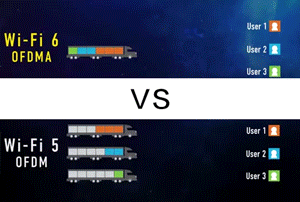
If we compare data transmission to freight transport, OFDM technology only sends one user’s data at a time, even if it’s a small package, the truck is still empty. Once the previous user’s cargo is delivered, the next user’s data can be sent. This is obviously very inefficient.
On the other hand, OFDMA is like our real-life express logistics, where the courier fills the truck with packages from multiple users before delivering them to the community. Each trip is fully loaded, greatly improving efficiency.
Specifically, under OFDM (Orthogonal Frequency Division Multiplexing) technology, each user (terminal device) occupies the entire wireless channel during data upload or download in each time slot. Terminal devices take turns occupying the entire wireless channel in a time-division manner.
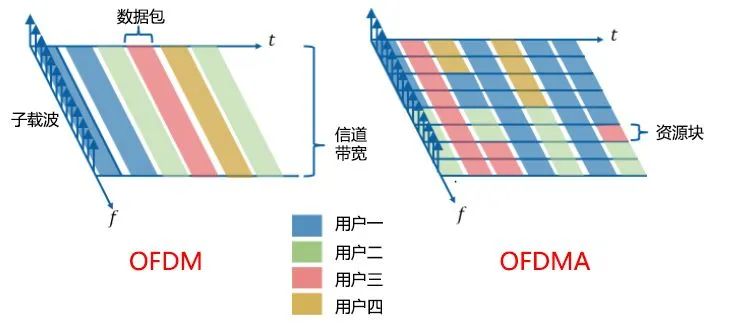
Meanwhile, OFDMA (Orthogonal Frequency Division Multiple Access) divides the wireless channel into multiple sub-channels (sub-carriers) in the frequency domain, forming time-frequency resource blocks. User data is carried on each resource block instead of occupying the entire channel, enabling multiple users to transmit simultaneously in each time slot, allowing communication with multiple terminals at once without waiting in line, improving efficiency and reducing queuing delays.
2 MU-MIMO
A single road with many vehicles can get congested. MU-MIMO technology is like adding multiple layers (multiple lanes) to the road, greatly enhancing traffic efficiency.
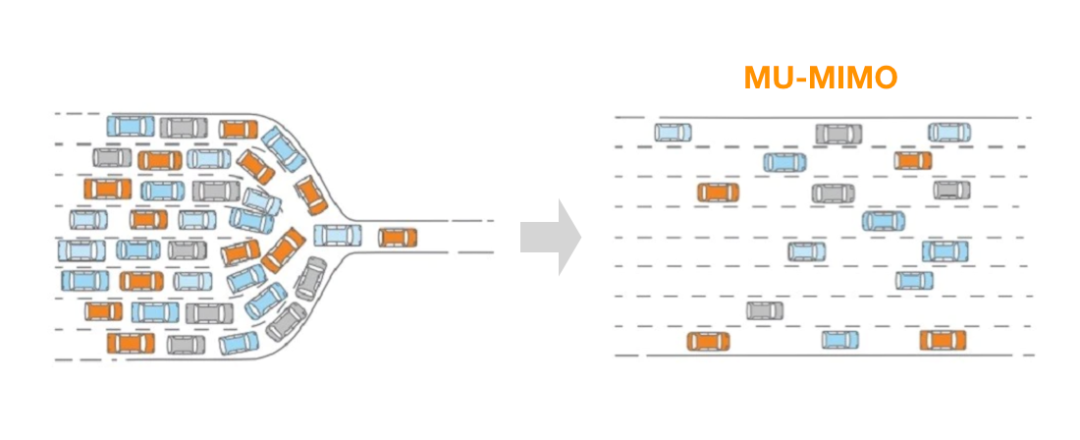
Although MIMO technology has been used since the Wi-Fi 4 era (802.11n), it wasn’t until the previous generation Wi-Fi 5 (802.11ac) that routers allowed communication with only four terminal devices at a time and only supported downlink MU-MIMO. Wi-Fi 6 supports communication with up to 8 terminal devices simultaneously, effectively expanding from 4 unidirectional roads to 8 bidirectional roads, thus exponentially increasing traffic efficiency.
3 1024QAM
QAM, or Quadrature Amplitude Modulation, is the process of converting data signals into radio waves for transmission. The higher the QAM level, the more data is contained in each transmitted wireless signal.
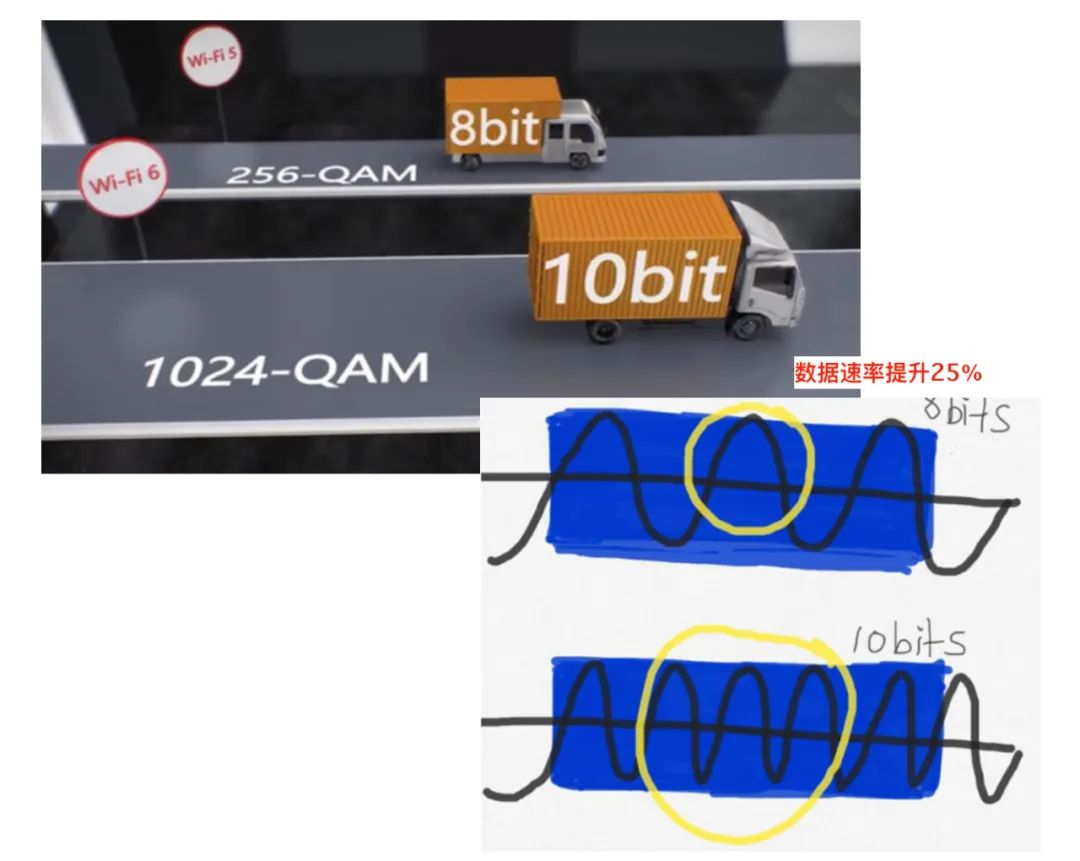
Wi-Fi 5 supports 256QAM (8 bits/symbol), while Wi-Fi 6 supports 1024QAM (10 bits/symbol), which is a 25% increase, akin to each vehicle being able to carry more cargo, thereby increasing data transmission rates by 25%.
4 BSS Coloring
In the past, Wi-Fi would check whether there was data transmission on the wireless channel before sending data to avoid conflicts. If there was, it would wait until the channel was clear to transmit, resulting in significant waiting time during busy periods.
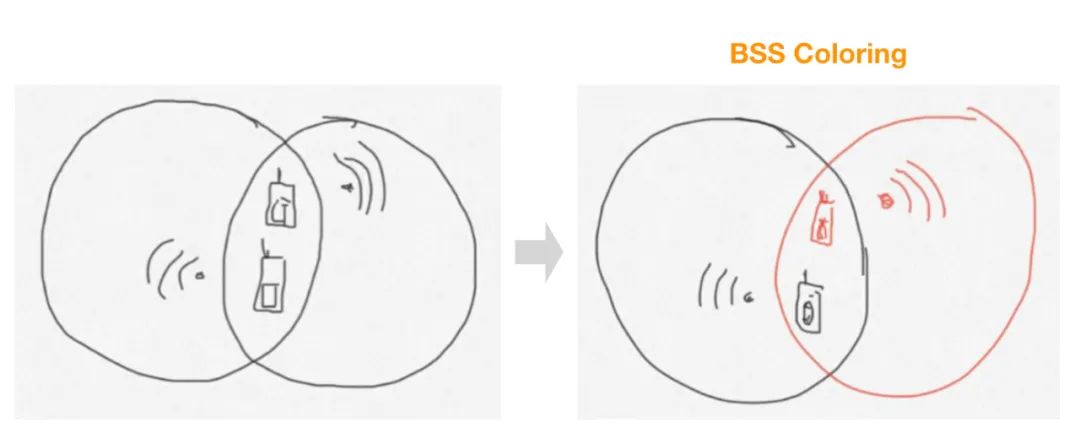
BSS Coloring was created to solve this issue by adding a 6-bit BSS Color to the data header, allowing data to be transmitted on the same channel without interference.
5 TWT
TWT, or Target Wake Time, allows Wi-Fi 6 to define different wake times for each terminal, meaning that terminal devices only enter working mode after receiving their own